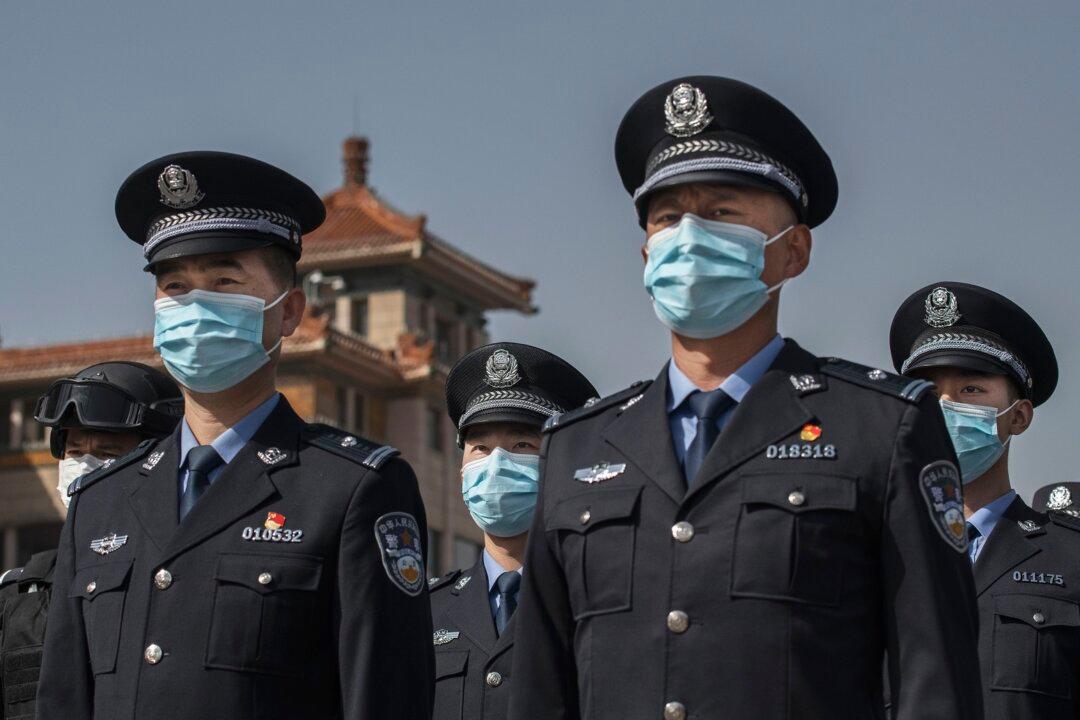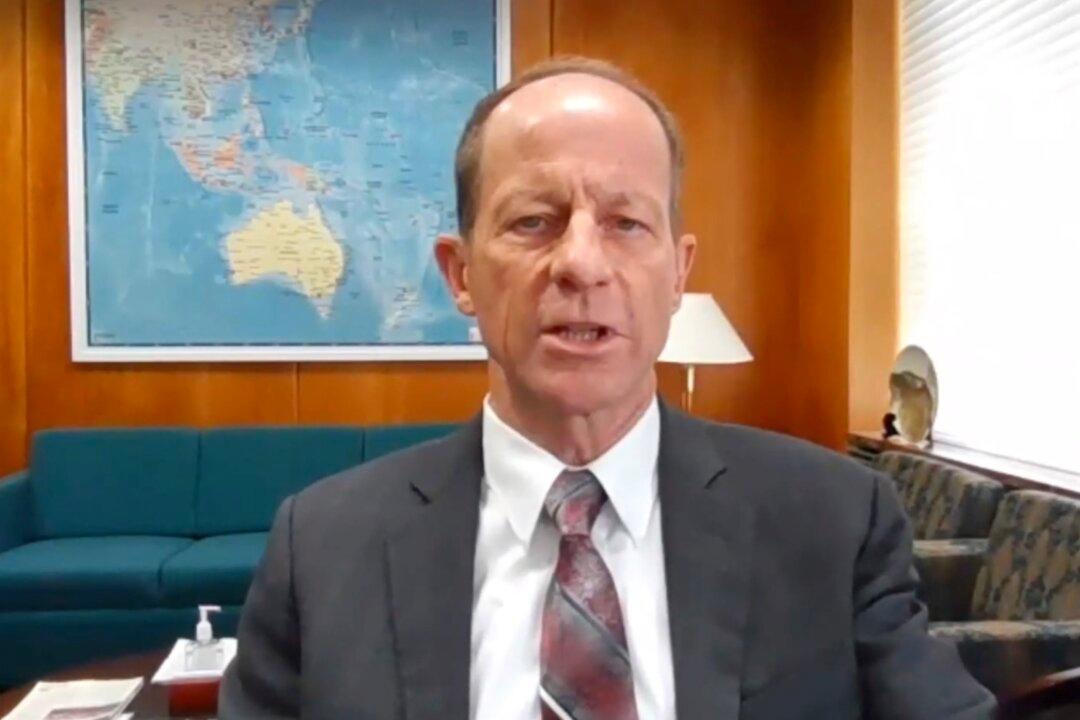China has been using tools like social media to spread conspiracy theories amid its aggressive disinformation campaign about its responsibility for the deadly CCP virus, which is threatening populations around the world.
The Chinese regime is attempting to deflect a rising tide of worldwide criticism for its coverup of the CCP virus by suggesting the virus may have been the work of the U.S. Army. Chinese agencies have increased their use of Twitter as a medium to spread propaganda, analysts say.




